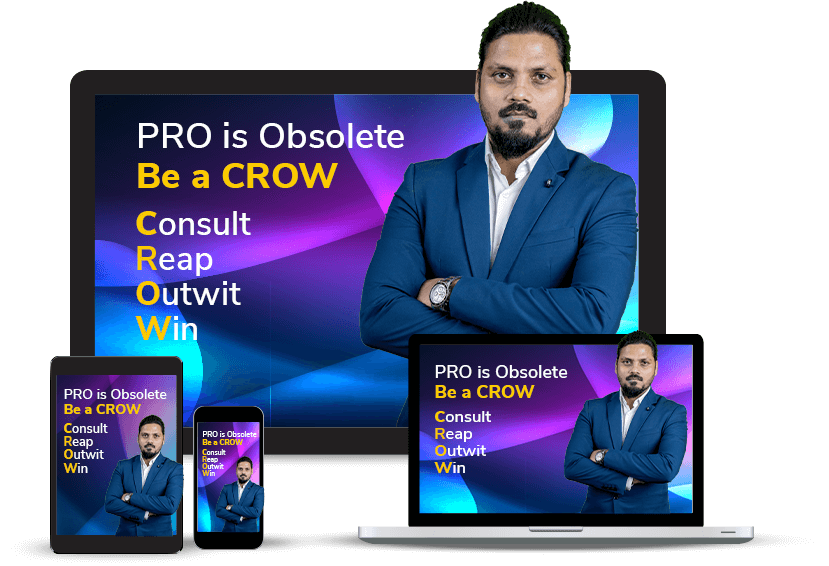
9 Important Elements Of A Winning Business Plan
Are you tired of seeing your business plan crack? Creating a business is not only about a business idea; it is also about planning, market analysis, and a clear strategy. It doesn’t matter whether you’re launching a new startup or expanding the existing business you need a good business plan. A business plan provides a roadmap for success, attracting investors, guiding your team, and helping you avoid common pitfalls.
In this blog, we’ll learn about the elements of a winning business plan, offering actionable insights and step-by-step guidance for entrepreneurs who want to turn their business ideas into reality. By the end, you’ll have the tools to create a plan that resonates with investors and paves the way for sustainable growth.
Why a Business Plan is Essential for Success
A business plan contains several key functions:
1. Attracting Investors
Investors need a solid understanding of your business to invest in it. A well-structured plan will help in explaining the viability of your business model, market potential, and financial projections.
2. Guiding Your Business
A business plan works as a roadmap. It also helps you set goals, track progress, and stay focused on your long-term objectives.
3. Managing Risks
Identifying potential challenges early on enables you to proactively mitigate risks, avoiding costly mistakes later.
4. Evaluating Feasibility
Writing a business plan forces you to evaluate the feasibility of your idea, including market demand, competition, and financial sustainability.
9 Key Elements of a Winning Business Plan
1. Executive Summary
The hero of the plan is the executive summary. It’s the most important part of your business plan, as it is the first section investors or stakeholders will read. It should be clear, concise, and compelling—providing a snapshot of your business, the problem you’re solving, and your vision for the future.
What to Include in the Executive Summary:
- Mission Statement
A brief statement that captures the essence of your business and its purpose.
- Business Overview
A description of your product or service, including the unique value proposition.
- Market Opportunity
A summary of the market you are targeting and the gap your business aims to fill.
- Financial Overview
High-level projections, including expected revenue, profit, and funding requirements.
- Current Status and Objectives
Where your business stands today and the key milestones you aim to achieve.
Pro Tip: Keep your executive summary under two pages and highlight the most critical information to capture attention quickly.
2. Company Description
The company description section explains the structure of your business, its goals, and what differentiates it from competitors.
Key Components:
- Business Structure
Explain whether your business is a sole proprietorship, partnership, LLC, or corporation.
- Industry Overview
Describe the industry in which you operate, including growth trends and key challenges.
- Competitive Advantage
Highlight what sets your business apart from competitors, whether it’s your team, technology, intellectual property, or market positioning.
3. Market Research and Analysis
A thorough market analysis is important for convincing investors that there is demand for your product or service. It also helps you better understand your customer base and position your company for growth.
What to Cover in Market Research:
- Target Market
Identify your ideal customers, including demographics, psychographics, and buying behaviors.
- Market Size
Estimate the potential size of your target market and its projected growth.
- Industry Trends
Research relevant industry trends and how they will impact your business.
- Competitive Analysis
Identify key competitors, their strengths and weaknesses, and how your product or service will stand out.
Tools for Market Research:
- Statista
Offers valuable industry reports and statistics.
- Google Trends
Provides insights into current trends and consumer interest.
- Customer Surveys
Collect firsthand data to better understand customer needs and preferences.
Book Recommendation: Blue Ocean Strategy by W. Chan Kim and Renée Mauborgne is a great resource for learning how to carve out untapped markets and outperform competitors.
4. Organization and Management Team
Investors are not just betting on your business idea but also they’re betting on you and your team. So. it’s necessary to highlight your leadership team’s experience and how their expertise will contribute to your success in this section.
Include:
- Organizational Structure
An overview of the company’s hierarchy and key personnel.
- Team Profiles
Detailed biographies of founders and key team members, focusing on their relevant experience and achievements.
- Advisors and Consultants
If applicable, include any advisors or consultants that add credibility to your team.
Expert Tip: If you have a relatively inexperienced team, demonstrate a commitment to success by highlighting partnerships with experienced advisors or mentors.
5. Products and Services
This section should clearly explain what you are selling, how it benefits your target market, and why it’s unique.
What to Include:
- Product/Service Description
Detailed information on the features, benefits, and development stage of your product or service.
- Unique Value Proposition
What makes you different from competitors? This could be due to innovation, quality, pricing, or customer service.
- Intellectual Property
If applicable, mention any patents, trademarks, or proprietary technologies that provide a competitive edge.
- Product Development Roadmap
For products still in development, outline the key stages of completion and when the product will be ready for market.
Actionable Insight: When possible, include customer testimonials or case studies that validate your product’s market fit.
6. Marketing and Sales Strategy
A strong marketing and sales strategy is necessary for converting prospects into customers and it helps in scaling your business. This section should outline how you plan to attract and retain customers, as well as the sales channels you will use.
Key Areas to Address:
- Marketing Plan
Detail your strategies for generating leads, building brand awareness, and driving customer engagement. Include online marketing (SEO, social media, PPC) and offline marketing tactics (events, networking, direct sales).
- Sales Strategy
Outline how you will convert leads into paying customers, including your sales process, team, and compensation structure.
- Customer Acquisition Costs
Estimate how much it will cost to acquire a new customer and the expected return on investment (ROI).
- Partnerships
If you plan to work with partners, explain the role they will play in your marketing and sales efforts.
SEO and Digital Marketing Considerations
With the increasing dominance of digital marketing, it’s essential to build a strong online presence. Key tactics include:
- Search Engine Optimization (SEO)
Optimizing your website to rank higher on search engines like Google.
- Content Marketing:
Creating high-quality blog posts, videos, and social media content to attract and engage your target audience.
- Email Marketing
Developing a list of potential customers and sending them regular, valuable updates.
Pro Tip: Use tools like Google Analytics and HubSpot to track the performance of your marketing campaigns and adjust strategies based on data-driven insights.
7. Financial Plan and Projections
Investors will pay close attention to your financial projections, as they provide insight into the viability and profitability of your business. This section must be grounded in realistic, data-driven assumptions and should demonstrate a clear path to profitability.
Include the Following Financial Statements:
- Income Statement
Also known as a profit and loss statement, this outlines your expected revenue, expenses, and profits over time.
- Cash Flow Statement
A forecast of how much cash you expect to have on hand at any given time, making sure you can cover operating expenses.
- Balance Sheet
A snapshot of your company’s assets, liabilities, and equity at a specific point in time.
- Break-even Analysis
An estimate of when your business will become profitable, i.e., when total revenue equals total expenses.
Book Recommendation: Financial Intelligence by Karen Berman and Joe Knight offers a great primer on understanding and using financial data to manage your business effectively.
8. Funding Request
If you need some funding, this section should clearly state how much money you need, what it will be used for, and the terms of the investment.
What to Include:
- Funding Requirements
Specify the amount of capital you need, whether it’s equity or debt financing.
- Use of Funds
Break down how the funds will be used, such as for product development, marketing, or hiring key personnel.
- Exit Strategy
If applicable, explain how investors can expect to exit and earn a return on their investment, such as through an acquisition, IPO, or buyback.
Pro Tip: Be transparent about the risks and challenges your business may face. Investors appreciate honesty and are more likely to trust you if they understand both the upside and potential hurdles.
9. Appendix
The appendix is an optional section that includes supplementary materials, such as:
- Resumes of key team members
- Detailed market research data
- Product images or prototypes
- Legal agreements or intellectual property documents
In the end, a well-structured business plan is an important step toward turning your entrepreneurial vision into a successful reality. It serves as both a blueprint for growth and a tool for securing funding and resources. The key to developing a winning business plan is to be thorough, data-driven, and forward-thinking.
By addressing all the critical elements—from market research and financial projections to marketing strategy and team development—you can create a plan that sets you apart from competitors and resonates with investors.



















